
Most people travelling to East Africa visit its vast savannas and bushland that abound with Africa´s famous megafauna. However, East Africa also harbours a wide variety of tropical forests, for example mangroves, coastal and cloud forests. The latter are, for example, found in the Taita Hills in southeast Kenya.
The Taita Hills reach an altitude of up to 2,200 metres above sea level and rise abruptly from the lowland Tsavo plains. With their rugged hilltops they collect the clouds that come in from the Indian Ocean leading to humid and wet conditions and the formation of cloud forests.
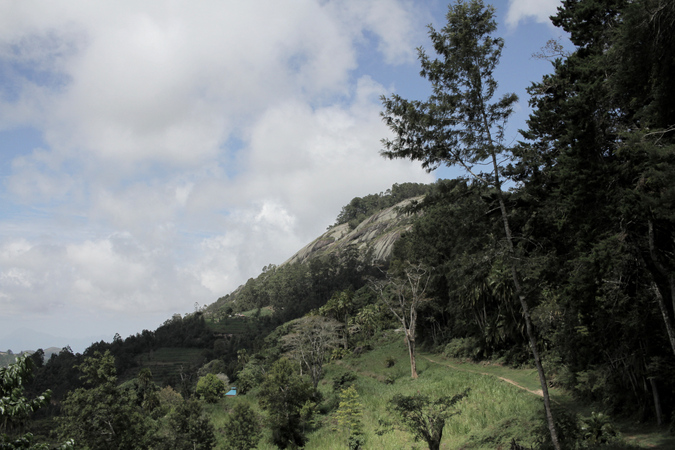
Within the cloud forest tree giants rise straight into the sky, shielding the forest ground from the sun by their huge canopies.
Lianas crawl up their great trunks and hopeful new shoots struggle to outcompete the hundreds of saplings on their way to the sun.
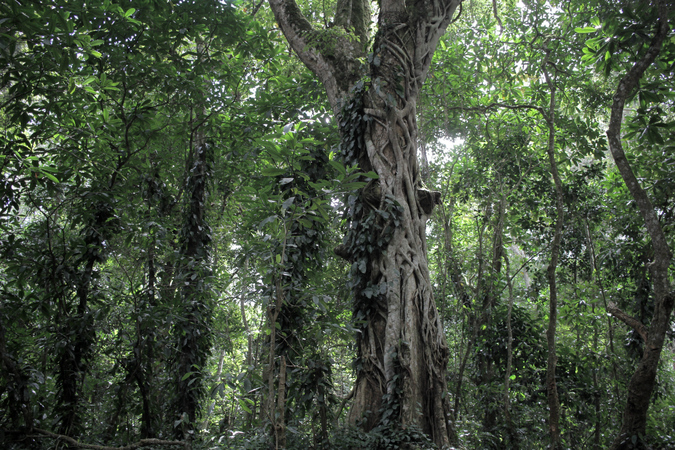
Fallen giants have torn gaps into the canopy cover. Their slow decay is promoted by a myriad of fungi and deadwood insects. The ground is covered by a dense layer of leaf litter. The air smells humid and earthy of life and decay.
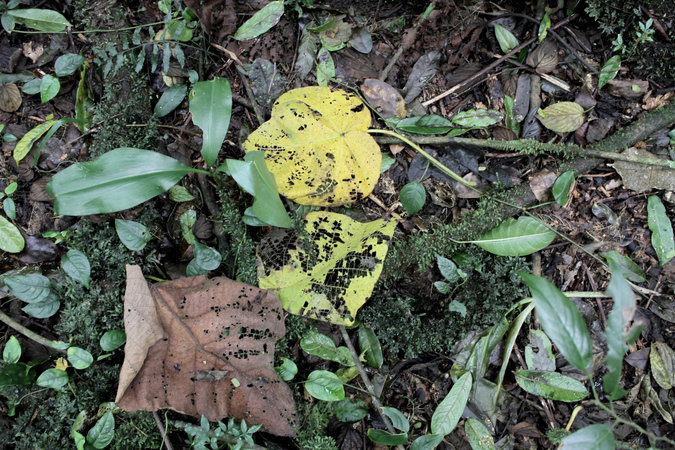
As I am writing this, it is raining, as it has for almost every morning since my arrival. It is December, the short rainy season. It is grey, misty and windy. This is the season that most birds choose as the start of their breeding season. Females start looking for suitable nesting sites, lay and incubate their eggs, and together with their mates feed their nestlings and later fledglings until they can fend for themselves.
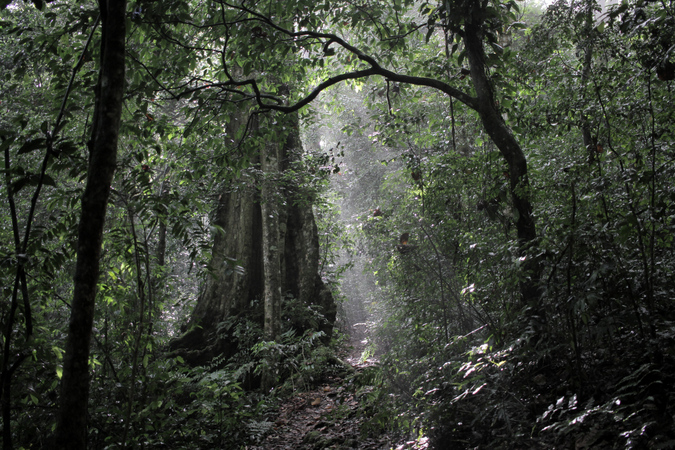
One of them is the placid greenbul (Phyllastrephus placidus). Placid greenbuls are understory insectivores. That means they prefer the forest level in-between the forest ground and the canopy for foraging insects and for breeding. Placid greenbul females built their nests in the understory vegetation – often climbers, dracaena, bushes and ferns – about 1 to 1.5m above the ground. Their nests look like fallen leave debris, but are in reality delicately built with cosy mosses as bedding.
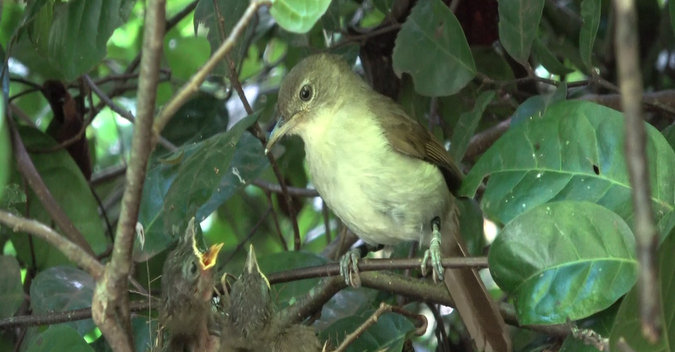
After laying two light bluish eggs, females incubate them for about two weeks until two helpless, naked little greenbuls hatch. To feed and raise them, the whole family helps: the mother, father and the surviving young from the previous breeding season.
Placid greenbuls are so-called (facultative) cooperative breeders. Sometimes their flocks are also joined by unrelated greenbuls, but these usually don’t help to feed the ever-hungry nestlings.
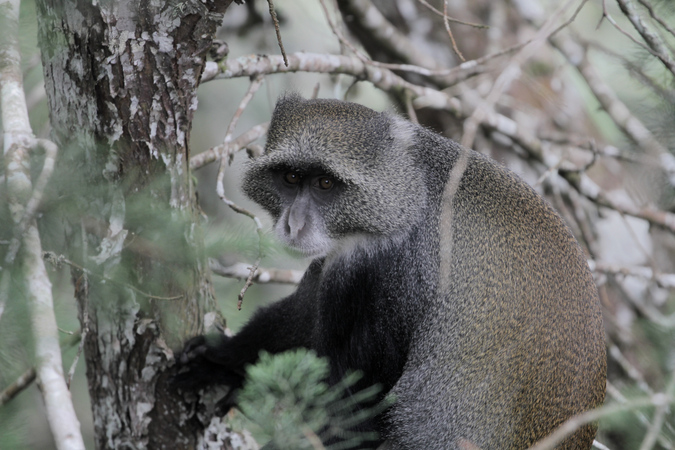
However, it is not very likely that the eggs will ever hatch or that the nestlings will fledge as almost 70% of all nests are predated. Snakes, small mammals, blue monkeys, baboons and raptors are the main culprits.
If the predators are detected, the whole greenbul flock gathers and starts a real ruckus: they utter loud distress calls, flapping their wings vigorously. They might even start rolling on the ground – pretending to be injured. All to distract the attention of the predator away from the nest. Not always successful, however (as the video at the end of this article shows) where an African goshawk snatches away the nestlings leaving the parents distressed and confused.
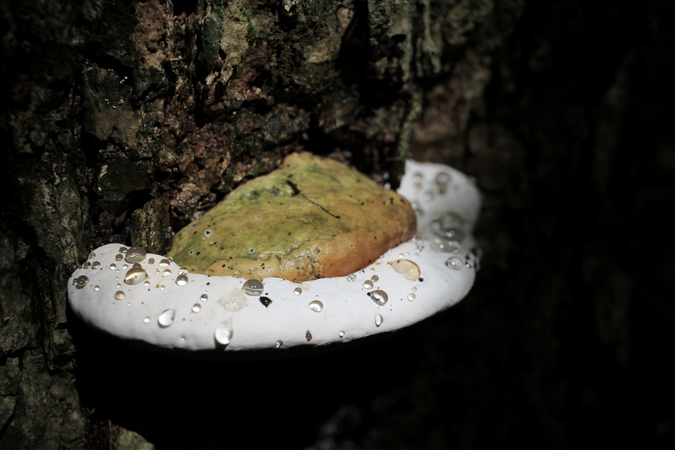
The fertile soils of the Taita Hills have attracted human settlers for hundreds of years. Today, more than 90% of indigenous forest have been lost to agriculture and the remaining cloud forest is highly fragmented.
Besides habitat loss, conditions within the remaining fragments have changed.
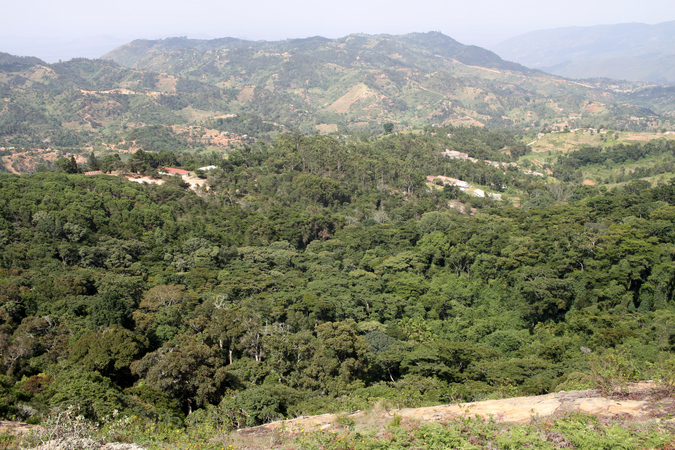
For example, forest fragmentation affects predator communities and for species such as placid greenbuls this means that nest success may be even lower. Other factors, such as insect prey availability, microclimate, parasite communities and the frequency of human disturbances, have likely changed as well and probably make life for placid greenbuls more challenging.
The mist has cleared and the clouds have torn apart – time for another day in the forest to find out more about the challenges of greenbul life in a fragmented, disturbed landscape…

The video below was shot as part of my research on the effects of habitat degradation on parental behaviour in placid greenbuls. The two nestlings were first fed by the breeding male (identified by his colour rings), and then by the breeding female. The noise in the background when the goshawk appears are the parents who try to distract the goshawk from the nest.
References:
• Newmark, W. D. & Stanley, T. R. (2011). Habitat fragmentation reduces nest survival in an Afrotropical bird community in a biodiversity hotspot. Proceedings of the National Academy of Sciences of the United States of America.
• Spanhove, T., Lehouck, V. & Lens, L. (2009). Inverse edge effect on nest predation in a Kenyan forest fragment: an experimental case study. Bird Conservation International, 19(04):367.
• Van de Loock, D. (2018). Life-history strategies of a facultative cooperative breeder in a fragmented Afrotropical cloud forest. Ph.D. thesis, Ghent University & University of Antwerp, Belgium.
To comment on this story: Login (or sign up) to our app here - it's a troll-free safe place 🙂.![]()






